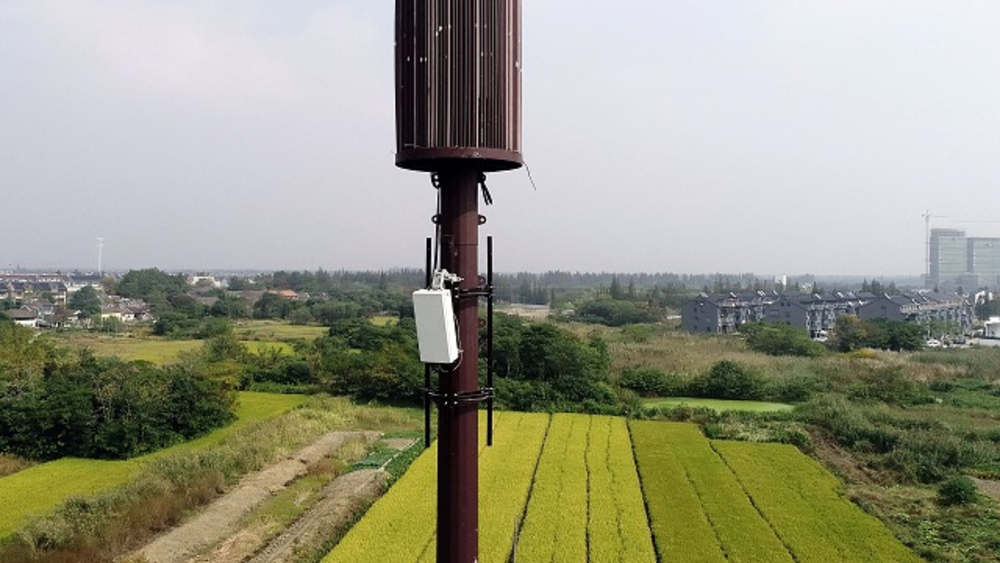With the Goal of Rural Deployment, FCC Adopts 5G Fund and Revises Rules on Wireless Facilities
October 30, 2020 — In addition to considerable discussion about net neutrality at the Federal Communications Commission’s monthly meeting on Tuesday, the commissioners also voted to establish a 5G Fund for Rural America and to further streamline the process for deployment of wireless infrastructure.

October 30, 2020 — In addition to considerable discussion about net neutrality at the Federal Communications Commission’s monthly meeting on Tuesday, the commissioners also voted to establish a 5G Fund for Rural America and to further streamline the process for deployment of wireless infrastructure.
See “Federal Communications Commission Vote on Net Neutrality Reprises Deep Partisan Divisions,” Broadband Breakfast, October 27, 2020
The rural fund aims to distribute $9 billion over the next decade to bring 5G wireless broadband service to regions of America that the agency said would likely remain unserved.
Awardees will be required to provide 5G service offering speeds of at least 35 Megabits per second (Mbps) downstream and 3 Mbps upstream.
The first phase of the rural 5G fund plans to offer up to $8 billion of support to areas lacking unsubsidized 4G LTE or 5G mobile broadband, with $680 million specifically set aside for bidders offering to serve tribal lands.
The second phase will provide at least an additional $1 billion, along with any unawarded funds from Phase I, to specifically target the deployment of networks that facilitate precision agriculture.
According to FCC Chairman Ajit Pai, the auction will cover 90 percent of Americans with its 5G network within six years.
While all five commissioners voted in support of establishing the fund, Jessica Rosenworcel dissented in part, stating that more effort should be made to collect data in order to create more accurate coverage maps.
“FCC maps need serious attention,” said Rosensworcel, saying “the data we have is wrong and suggests wireless service is available where it is not. Without good mapping data, I do not have confidence” in today’s decision.
Commissioner Geoffrey Starks also dissented in part, saying that many decisions seemed premature.
“There is a paper-thin justification for the $9 billion budget,” said Starks, saying it may be an insufficient amount. “During Phase II we may need to readjust this budget.”
FCC votes to revise Section 6409, aiming to streamline 5G deployment
Another decision of the day promised to further overturn the ability of local government to resist deployment of wireless infrastructure facilities.
With a dissent by the Democratic commissioners, the agency voted 3 to 2 to revise some of the rules regarding Section 6409 of the Spectrum Act of 2012.
In a statement, the FCC majority said that the action taken will “promote the accelerated deployment of 5G and other advanced wireless services by facilitating the collocation of antennas and associated equipment on existing infrastructure while preserving the ability of state and local governments to protect local interests.”
Rosenworcel said the FCC cannot expand the scope of Section 6409 without authority from Congress and that doing so would create unhelpful friction between the federal government and the local and state governments with which the agency is attempting to foster partnerships.










